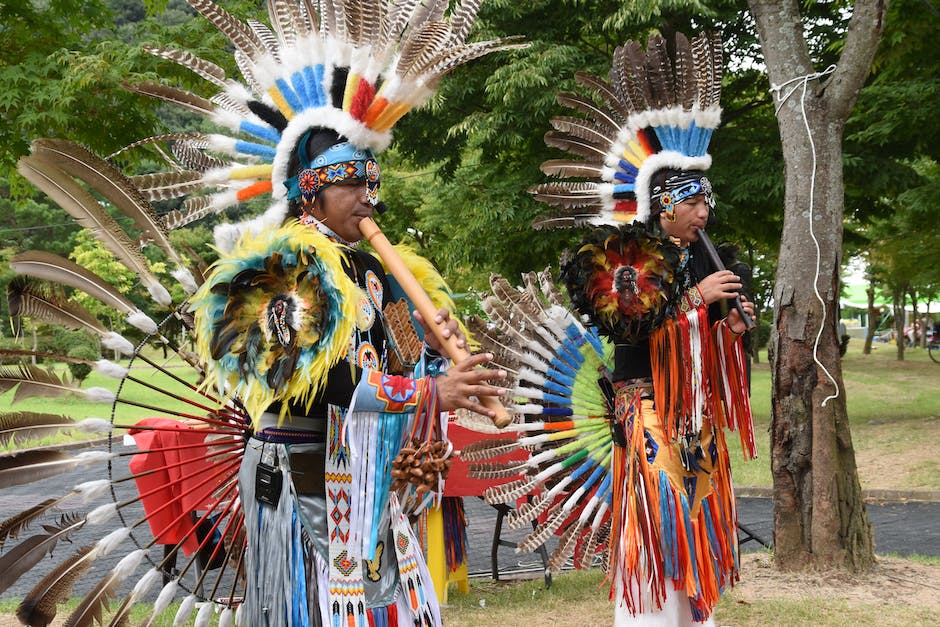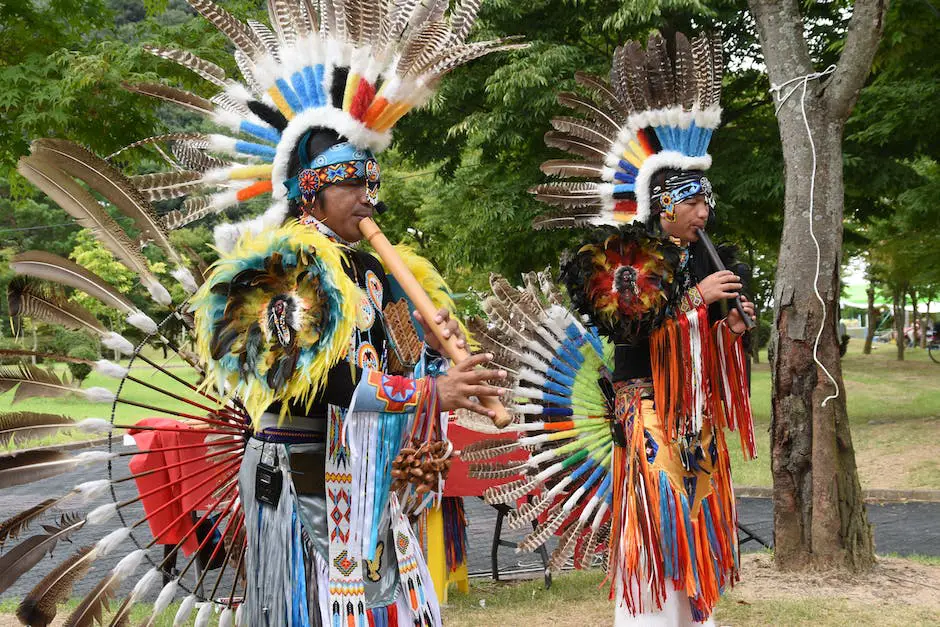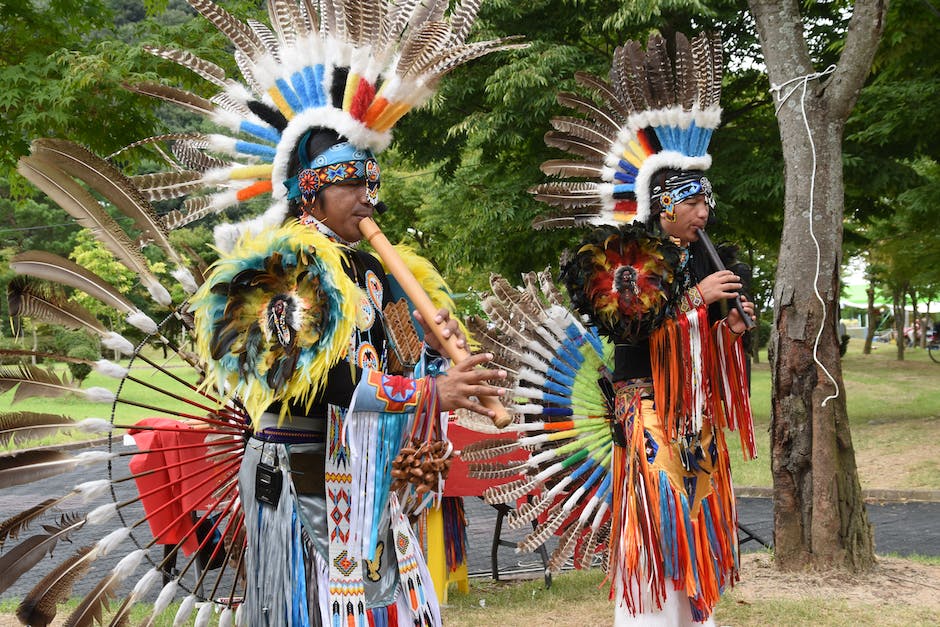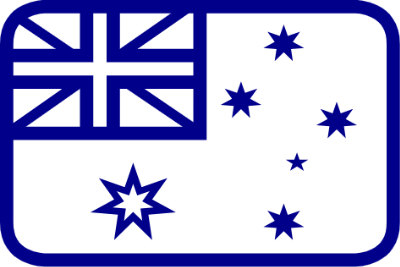Overflowing with thousands of years of rich history, culture, and raw human experience, the Australian Aboriginal tribes form an integral part of the vibrant anthropological tapestry of our world. Their origins can be traced back to when they first settled on the continent, marking the beginning of a multifaceted journey that has carried on through pre-colonial times and into the present. While their migration, housing, and sustenance practices feed our curiosity about their ancestral past, their unique languages, intricate kinship structures, and sacred religious rites provide revelations about their diverse cultures. However, the tribes’ encounter with European colonization marked a turbulent period of displacement, conflict, and loss, forever affecting their sociocultural fabric.
Origins and History of Australian Aboriginal Tribes
Origins and Migration of Australian Aboriginal Tribes
The widely accepted theory of the initial settlement of Australia by Aboriginal people revolves around their migration from Southeast Asia during the last Ice Age. It is believed that the first human inhabitants of Australia arrived around 65,000 to 70,000 years ago, making the Aboriginal people one of the world’s oldest continuous cultures. The migration of these ancestors is associated with the journey across today’s Timor and Arafura seas, which were significantly narrower back then due to lower sea levels. A new revelation in anthropological research suggests an alternate theory that the ancestors of Aboriginal people might have directly migrated from Africa to Australia. Irrespective of the route of migration, genetic studies conclusively indicate that the ancestors of contemporary Aboriginal Australians were the first people to separate from the great human wave of migration from Africa.History of Australian Aboriginal Tribes: Pre-colonial to the Present Day
Pre-colonial history of Australian Aboriginal tribes is characterized by a complex system of tribal divisions and intricate rituals. Much of their ancient way of life was based on a deep connection with the land and environment. However, their history took a drastic turn with the arrival of Europeans in the late 18th century, specifically the British in 1788. Major conflicts, diseases, and a whole range of socio-cultural changes led to a substantial decline in Aboriginal population and the disintegration of many traditional aspects of their life. In the post-colonial period, Aboriginal tribes were marginalized and faced substantial socio-economic struggles. From the 20th century onwards, Aboriginal people have been seeking recognition of their rights and working towards the preservation of their culture. The 1967 referendum represented a turning point, which led to legal changes enabling the Aboriginal people to be counted in the census and be subject to Commonwealth law. The present-day movement for Aboriginal rights continues to address issues like land rights, racial discrimination, and social inequality.Aboriginal Culture: Tradition, Dwellings, and Livelihood Practices
Aboriginal culture is diverse, multifaceted, and deeply rooted in spirituality. Briefly discussing the cultural practices, Aboriginal tribes traditionally dwelled in a variety of structures strongly influenced by the climatic conditions of the region. For instance, arid zones witnessed the usage of windbreaks, whereas cooler areas had more complex and sturdy huts. In terms of livelihood practices, Aboriginal tribes were primarily hunter-gatherers. A crucial feature of this practice was the seasonal movement to exploit different food sources rather than exhausting one single region. Aboriginal people effectively managed resources, ensuring environmental sustainability while meeting their needs for survival. Ritual and spiritual life was central to Aboriginal society. Storytelling, music, dance, and art were not just forms of expression but also mechanisms to pass knowledge and traditions from one generation to another. One of the outstanding examples of Aboriginal spiritual tradition is the concept of ‘Dreamtime’ or ‘The Dreaming’, relating to understandings of the world’s creation and moral and societal guidelines.The Landscape of Current Aboriginal Tribes
Recognizing the unique cultures, languages, and rights of the Indigenous people of Australia has been a continuous journey. Today, hundreds of Aboriginal tribes dot the continent, showing a vibrant diversity of rituals, languages, and beliefs. The tribes have shown remarkable strength in upholding their distinctive heritage, despite significant challenges. Continuing to champion their unique cultural identity successfully, the Aboriginal tribes remain significant contributors to Australia’s socio-cultural landscape.

The Rich Aboriginal Cultures
Linguistic Diversity of the Aboriginal Tribes
The linguistic variety among Australian Aboriginal tribes is notably abundant. Before the European settlers’ arrival, nearly 250 distinct languages echoed across the continent. Each language was further diversified with different dialects, indicating a vast linguistic milieu. Sadly, the majority of these languages are now endangered or have vanished, with only around 120 still in everyday use. Revival of these indigenous languages has thus become a prominent part of Australia’s cultural renaissance.
Kinship Structures of Aboriginal Tribes
Kinship is at the heart of Aboriginal societies and influences community relationships, social behavior, and traditional roles. Kinship structures are complex systems that dictate interactions and obligations between individuals, clans, and entire tribes. The system not only defines familial ties but also establishes one’s relationship with the land, animals, and plants.
Religious Beliefs and Ritual Practices – The Dreaming
At the core of Aboriginal spirituality lies ‘The Dreaming’. The Dreaming, or Dreamtime, refers to both the ancient time of creation and an ongoing time-less spiritual reality. It explains the origins of the world, its creatures, and the people. Rituals, ceremonies, and storytelling are major practices in which Dreaming is expressed and celebrated. It is a critical aspect of cultural tradition and identity that deeply resonates with the natural world.
Significance of Art in Aboriginal Cultures
The Aboriginal people have a rich artistic tradition that dates back thousands of years. Their art forms include rock and cave paintings, body paint, wood carving, weaving, and the internationally recognized dot paintings. These artworks are not merely aesthetic creations; they also contain significant cultural narratives. They often depict stories from the Dreamtime, ancestral tales, and elements of the natural world. The characteristic dot designs are used to camouflage these sacred symbols and stories from outsiders.
The Role of Story-telling (Dreaming) in Aboriginal Cultures
Story-telling, also referred to as ‘Dreaming’, plays a vital role in preserving and passing on the cultural wisdom, traditional customs, and the Aboriginal connection to the land across generations. The practice of story-telling through oral narratives, performances, and art, creates a profound sense of identity and continuity between the past, present, and future. Each story is deeply rooted in specific geography, contributing to the complex, interwoven tapestry of Aboriginal culture and history.
The rich tapestry of Australian Aboriginal communities is woven from diverse cultures, each with its own unique language, deep-rooted kinship structures, spiritual rituals, and a tradition of art and storytelling. These elements are intricately interconnected and mutually supportive, forming a complex yet resilient cultural landscape that has weathered the ravages of time and continues to define the identity of Aboriginal Australians in our times.

Impact of European Colonization on Aboriginal Tribes
The Impact of European Colonization on Aboriginal Tribes
The late 18th century saw European colonizers set foot in Australia, triggering a period of profound change among Aboriginal tribes. Before the invasion, more than 250 Aboriginal nations existed in harmony, each with its own unique language and over 600 dialects. The arrival of the Europeans sparked a calamitous period of devastation and displacement, leaving an unfading scar on the indigenous population.
Conflicts: Violence and Forced Displacement
Aboriginal societies faced a series of conflicts initiated by colonists post-settlement. Many indigenous Australians were removed from their ancestral lands, causing physical and cultural genocide. This forced displacement affected the lives of the native tribes in profound ways, including loss of their language, culture, and traditional livelihood.
Relentless land encroachment resulted in violent conflicts between the indigenous population and colonizers. The European invasion sparked many Aboriginal resistance movements, including the Frontier Wars, a series of battles, massacres, and raids that lasted into the early 20th century.
Disease: Widespread Impact and Devastation
European colonization brought new diseases to Australia, impacting the Aboriginal population severely. Diseases like smallpox, syphilis, tuberculosis, influenza, and measles spread rapidly due to lack of immunity among the Aboriginal tribes. The high mortality rates from these diseases significantly reduced the Aboriginal population, with estimates ranging from 50% to 90% in certain regions.
Loss and Fight for Land Rights and Cultural Rights
The legacy of colonization included not only forced displacement but also gradual loss of Indigenous land and cultural rights. Government policies, such as the ‘terra nullius’ (land belonging to nobody), allowed colonizers to seize and exploit Indigenous lands without treaty or compensation, violating the Aboriginals’ spiritual connection to their country.
In response, Aboriginal tribes have long been fighting to regain their lost lands and rights. The significant 1992 Mabo decision by the High Court of Australia recognized that Aboriginal and Torres Strait Islander peoples have a special relationship to the land existed before the European occupation. However, the fight for land rights continues, as not all lands have been returned or recognized under native title laws.
Likewise, there has been an ongoing struggle to preserve and revive Indigenous languages, arts, and ceremonies, which are intrinsic to Aboriginal identity and culture. Many efforts from the Indigenous organizations themselves and from non-governmental agencies aim to safeguard the rich and diverse Aboriginal heritage against cultural erosion.
Modern Consequences
Presently, the repercussions of European colonization remain evident in the socio-economic inequalities experienced by the Aboriginal population. Challenges persist in sectors such as health, education, and employment, which can be traced back to the historic uprooting and dispossession. Despite these hurdles, Aboriginal tribes have demonstrated immense determination and resilience, striving to regain their lost territories, protecting their cultural rights, and seeking reconciliation and justice from the Australian government.

Contemporary Issues and Aboriginal Identity in Modern Australia
Challenges: Socio-Economic Inequities in Aboriginal Societies
Persistent economic and social inequities pose significant obstacles for the Aboriginal tribes of Australia. Historical marginalization and discriminatory practices have led to elevated levels of poverty, unemployment, and homelessness within Aboriginal communities. Numerous Aboriginal societies grapple with insufficient housing and transportation, along with limited access to vital services such as healthcare, education, and social supports.
Health Outcomes Among Australian Aboriginal Tribes
Australian Aboriginal communities contend with severe health inequities, including a lower life expectancy and higher rates of disease compared to the non-Indigenous population. Aboriginal people are disproportionately affected by chronic illnesses such as heart disease, diabetes, and renal failure. Additionally, there’s a high prevalence of mental health issues, reflecting the generational trauma, socio-economic deprivation, and ongoing racism encountered by these communities.
Education Challenges Faced by Aboriginal Communities
While strides have been made in recent years, educational outcomes for Aboriginal students still lag behind those of their non-Indigenous peers. Ongoing issues include lower literacy and numeracy rates, high dropout rates, and challenges in retaining Aboriginal teachers. The lack of culturally inclusive curriculum and entrenched racism in the school system also inhibit Aboriginal students’ educational success.
Recognition and Parity in Law and Policies
Despite advancements, Australian law and policies have struggled to fully recognize and respect the rights and identities of Aboriginal people. The rates of Aboriginal incarceration remain alarmingly high, and the forced removal of Aboriginal children from their families continues to be a concern. Disputes over land rights and the protection of sacred sites also highlight the ongoing struggles for parity in law and policies.
Efforts Towards Reconciliation
Australia has made significant efforts towards reconciliation with its Aboriginal peoples, underpinned by the acknowledgement of past injustices and the strengthening of relationships based on mutual respect. The adoption of the National Apology to Australia’s Indigenous Peoples in 2008 represented an important step in healing historical wounds.
Cultural Resurgence Among Aboriginal Communities
Aboriginal communities have strived to sustain their cultural heritage and strengthen their Aboriginal identity amid modern challenges. Initiatives include the revitalization of Indigenous languages, the dedication of festivals and events to celebrate Aboriginal culture, and the promotion of Aboriginal history and perspectives in public education and media. Aboriginal art and traditional knowledge systems have gained international recognition, demonstrating the resilience of their ancient cultures in the contemporary world.
Despite the hurdles faced by Aboriginal communities in modern Australia, they continue to endure and actively work towards bridging social, economic, and health disparities while reclaiming their cultural heritage and history for future generations.

Photo by markusspiske on Unsplash
Even in the face of contemporary challenges, the Australian Aboriginal communities persist, shaping their identity around the resilience of their ancestral roots and traditions. Despite the vast social and economic disparities, health problems, and educational barriers they face today, they remain firm in their fight for recognition, equality, and justice in laws and policies across Australia. Such fierce resolve signifies their resistance against marginalization, spearheading efforts towards reconciliation and cultural resurgence. Above all, the enduring saga of the Australian Aboriginal tribes teaches us about the incredible tenacity of the human spirit, offering profound insights into the survival, resistance, and cultural revival of one of the world’s oldest living cultures.






